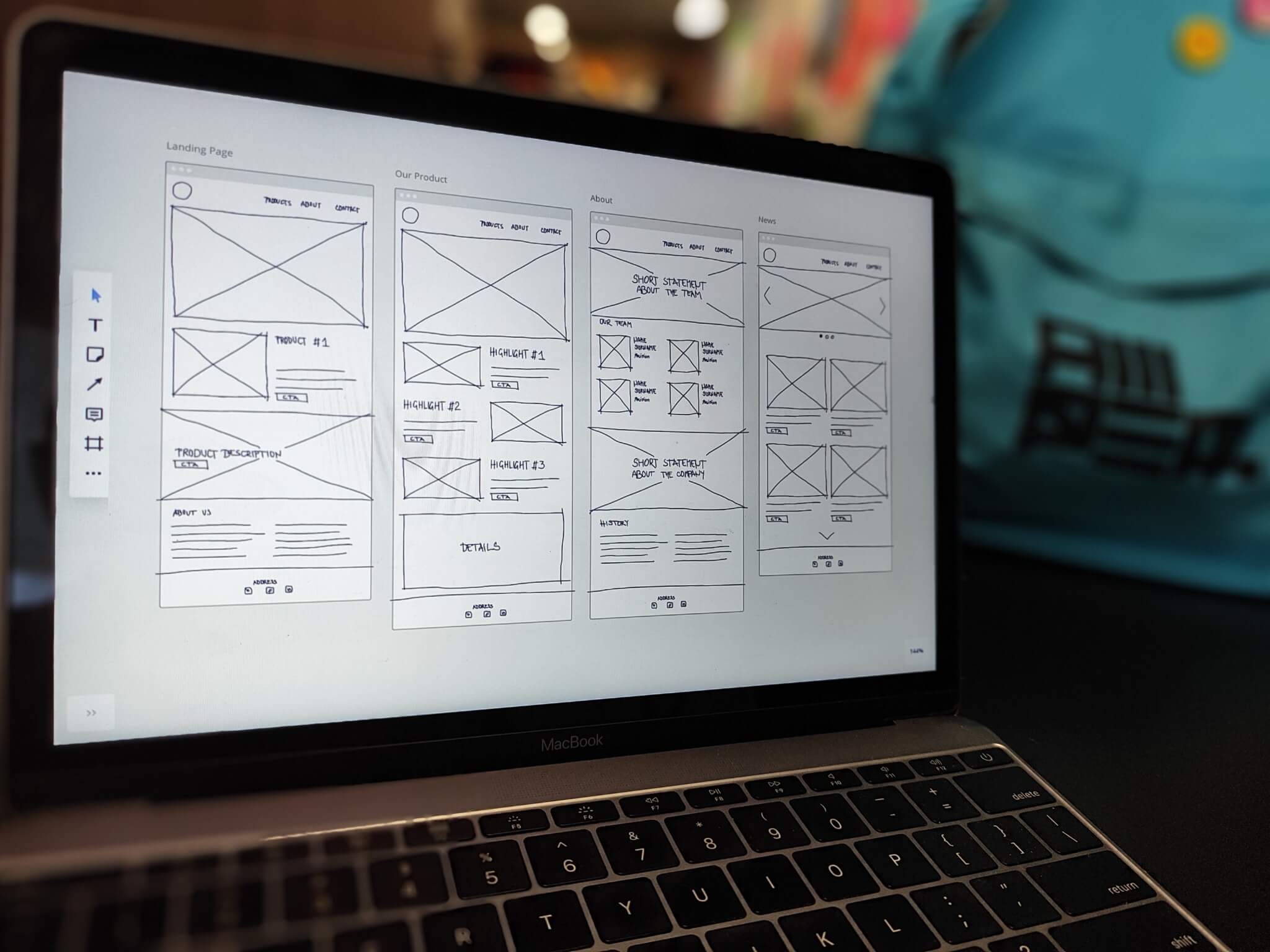Making the Business Case for Website Redesign in 2024
Key steps to secure support for revamping your digital presence

How much have you thought about your web presence lately? As we approach the new year and dive into marketing budgets for 2024, it’s a good time to evaluate what’s working on your website, what isn’t, and what improvements can be made to support your business goals more effectively.
In most cases, it’s recommended to update your website every 2-3 years to keep it current, include the latest design trends, and maintain a positive user experience. While you may not see the return on this investment immediately, the risks of not updating your site can be lofty—falling behind competitors, missing out on new customers, and diminished brand credibility are all possible consequences.
Still, a full website redesign can demand a significant investment of time and resources, and undertaking a project of this scope may require approval from higher-ups. Convincing them to invest funds and resources can be a challenge, especially in the current economic climate. These days, even businesses with large operating budgets are feeling the pinch, and there may be other projects competing for financial resources within the organization.
So, what do you do? How can you make a convincing business case for a website redesign in 2024?
Key steps to getting buy-in from your executive team or board for a website redesign project
To gain key stakeholders’ support for a website redesign, focus on addressing these crucial components:
Demonstrate the value of a website redesign
Start by showcasing the project’s value and highlighting specific benefits that speak to the interests and roles of each individual stakeholder– what’s in it for them, so to speak.
For the leadership team or board, demonstrate how the project aligns with strategic business objectives. Emphasize how a revamped website can play a role in achieving broader goals such as expanding into new markets, boosting revenue, or enhancing brand authority.
When engaging with department heads, focus on the potential for enhanced operations. A redesigned website can streamline internal processes, improve efficiency, and even lead to cost savings. Highlight the positive impact this can have on each department.
For decision-makers concerned with the bottom line, dig into the financials. Outline the potential return on investment (ROI) by illustrating how the redesign can attract new customers, increase user engagement, and ultimately contribute to revenue growth.
To appeal to those with a focus on customer relations, paint a vivid picture of how the redesigned website will improve the overall customer experience. Outline how improvements in navigation, accessibility, and interactive features can contribute to improved customer satisfaction and, in turn, loyalty.
Combining these actions can help you build a compelling case that addresses the diverse interests and concerns of stakeholders across your organization.
Highlight the downsides of not investing in a website redesign
A website is more than a virtual storefront—it’s a crucial touchpoint for potential customers. In the blink of an eye—0.5 seconds to be precise—visitors form an impression of your business. This split-second judgment impacts whether they stay on your website or venture elsewhere.
The stakes are high—studies show that 88% of individuals are unlikely to revisit a website if their first experience isn’t positive. First impressions matter. A poorly designed or outdated website can turn away new customers or push them into the arms of your competitors.
It’s also true that the digital landscape changes fast. A website that looked cutting-edge just a few years ago could already be showing signs of aging, both visually and in terms of functionality. Regularly refreshing your website is a proactive strategy to not only keep things looking current but to adapt to changing user expectations.
Back the website redesign with compelling evidence
When building a compelling business case, it’s important to substantiate each point with evidence and provide a clear justification of the associated costs. Key stakeholders, especially decision-makers, may need convincing evidence to support the required financial commitment.
Break down the projected expenses and provide a comprehensive cost assessment. This should include design and development costs, potential third-party services, and any additional resources that you foresee.
The overall cost may appear substantial, so it’s important to emphasize that the redesign is a strategic move to maintain or gain a competitive edge. Use benchmarking data to compare the current state of your website with industry standards and competitors. and clearly explain how the proposed redesign can position your business ahead of the competition.
Cost justification should also highlight the scalability and flexibility that a redesign can bring. Use your case to demonstrate how the proposed changes lay the groundwork for future adaptations and expansions, so that today’s investment can meet the evolving needs of the business tomorrow.
By breaking down expenses transparently and providing evidence-based justifications, you not only build a compelling case for the project but also instil confidence in stakeholders that the costs are strategic investments for sustainable business growth.
Creating a compelling business case for web redesign in 2024
To make a persuasive business case for a web redesign in 2024 highlight both the risks of neglecting an outdated website and the benefits of a thoughtfully executed redesign. Updating your website is not just about making sure the components are visually appealing and current, it’s also about making strategic investments that align with your business’s long-term goals and can contribute to sustained growth.
Are you considering a website redesign in 2024? If you want to explore further details about our website design and development services, get in touch.
Photo by Amper on Unsplash
A Certified B Corp, Mangrove is a woman-owned website design and development company with a diverse, talented team distributed around the globe. We’ve been building websites since 2009 that amplify the work of change-making organizations and increase the competitive power of businesses owned by historically marginalized people.
If you found this post helpful, subscribe to our monthly newsletter for notice of future posts and other news from us.




